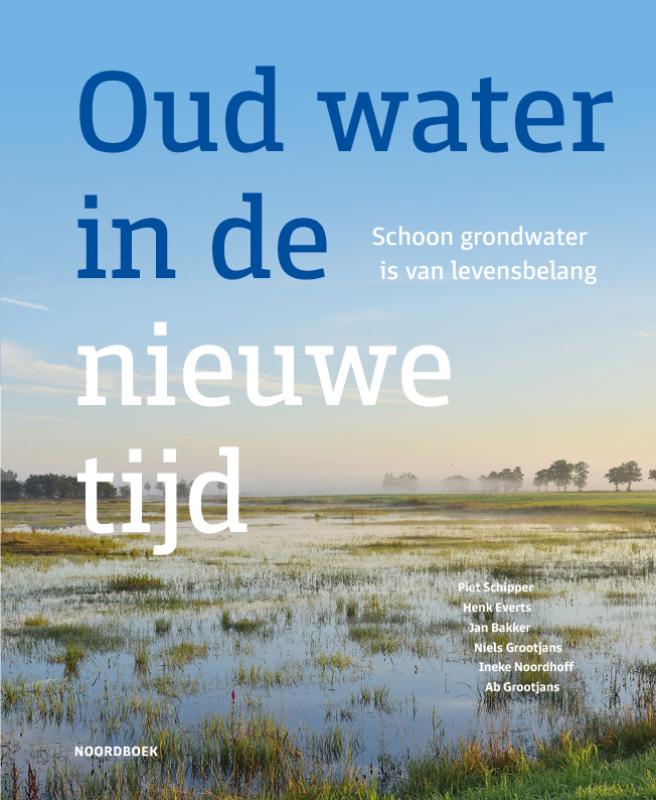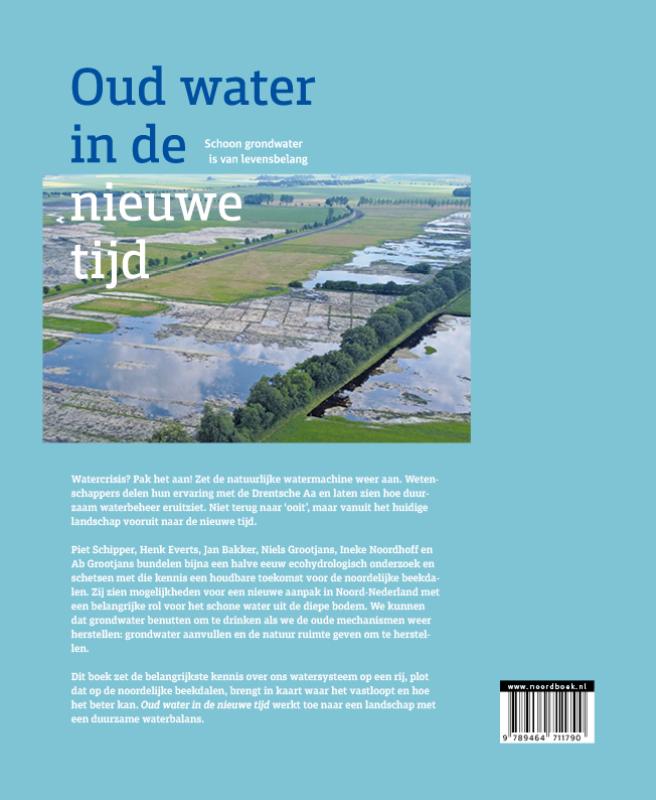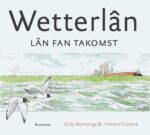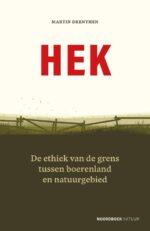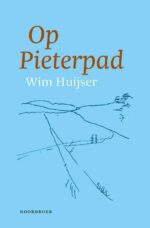Oud water in de nieuwe tijd
€ 39,90
Watercrisis? Pak het aan! Zet de natuurlijke watermachine weer aan. Wetenschappers delen hun ervaring met de Drentsche Aa en laten zien hoe duurzaam waterbeheer eruitziet. Niet terug naar ‘ooit’, maar vanuit het huidige landschap vooruit naar de nieuwe tijd.
Piet Schipper, Henk Everts, Jan Bakker, Niels Grootjans, Ineke Noordhoff en Ab Grootjans bundelen bijna een halve eeuw ecohydrologisch onderzoek en schetsen met die kennis een houdbare toekomst voor de noordelijke beekdalen. Zij zien mogelijkheden voor een nieuwe aanpak in Noord-Nederland met een belangrijke rol voor het schone water uit de diepe bodem. We kunnen dat grondwater benutten om te drinken als we de oude mechanismen weer herstellen: grondwater aanvullen en de natuur ruimte geven om te herstellen.
Dit boek zet de belangrijkste kennis over ons watersysteem op een rij, plot dat op de noordelijke beekdalen, brengt in kaart waar het vastloopt en hoe het beter kan. Oud water in de nieuwe tijd’ werkt toe naar een landschap met een duurzame waterbalans.
Gerelateerde boeken
-
-
Hek
€ 14,90Het stormt in het Nederlandse landschap. De maatschappij is verzeild geraakt in een verhitte discussie over de manier waarop we ons landschap moeten gebruiken. De actuele discussie over de wijze waarop wij in Nederland ons voedsel produceren, wordt gevoed door de stikstofdiscussie en bijvoorbeeld de komst van de wolf. Het produceren van voedsel is een gerechtvaardigd doel, maar waar ligt dan de grens? De verschillende posities in het debat over natuur versus veehouderij worden ondersteund vanuit verschillende morele opvattingen en ethische theorieën. Wat is belangrijker? Het actief waarborgen van het welzijn van onze fauna of moeten we de natuur zoveel mogelijk met rust laten? De Nederlandse
boeren mengen zich fel in het debat, met een eigen pakket aan ethische overwegingen die deels overlappen met, maar deels ook tegengesteld zijn aan die van de natuurbeschermers. Martin Drenthen ontrafelt van beide partijen de argumenten en plaatst deze in een ethisch kader, zodat de discussie met alle voors en tegens in ieder geval helder gevoerd kan worden.
